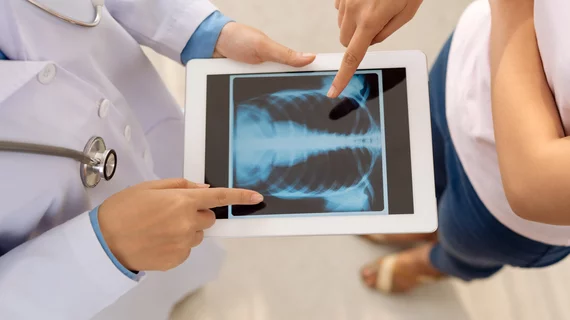ACR shares analysis of MPFS, HOPPS proposed rules
The American College of Radiology (ACR) has published detailed explanations of how the 2020 Medicare Physician Free Schedule (MPFS) and Hospital Outpatient Prospective Payment System (HOPPS) proposed rules from CMS may impact medical imaging providers.
The 2020 MPFS proposed rule, the ACR explained in its analysis, includes a “slight increase” in the current conversion factor. CMS accepted the RUC-recommended values for more than 60 codes while announcing decreased values for 41 codes. Also, clinical decision support requirements for advanced imaging services are still scheduled to go into effect on Jan. 1, 2020. All of 2020 will be an educational period, meaning no penalties can be applied in instances where a provider is not compliant.
The MPFS proposed rule also includes information about ten new episode-based cost measures. CMS proposes each one be implemented in 2020. Cost measures include non-emergent coronary artery bypass graft, lower gastrointestinal hemorrhage and more. Also, the “quality category” would see its weight drop to 40% in 2020 as a part of this proposal. It would then drop to 35% in 2021, and 30% in 2022.
In addition, the ACR noted that CMS is considering a ‘value indicator’ for certain physicians that would “potentially be a composite of their cost, quality and patient experience and satisfaction scores.”
In its analysis of the HOPPS proposed rule, on the other hand, the ACR observed that the conversion factor would be increased by 2.7%.
The creation of two new comprehensive ambulatory payment classifications (C-APCs) has also been proposed. These would be C-APC 5182 (Level 2 vascular procedures) and C-APC 5461 (Level 1 neurostimulator and related procedures), an update that would change the total number of C-APCs to 67.
The full CMS proposed rules can be here and here. Sept. 27 is the deadline for public comment for both proposed rules. Longer summaries of these rules are expected in the near future.

